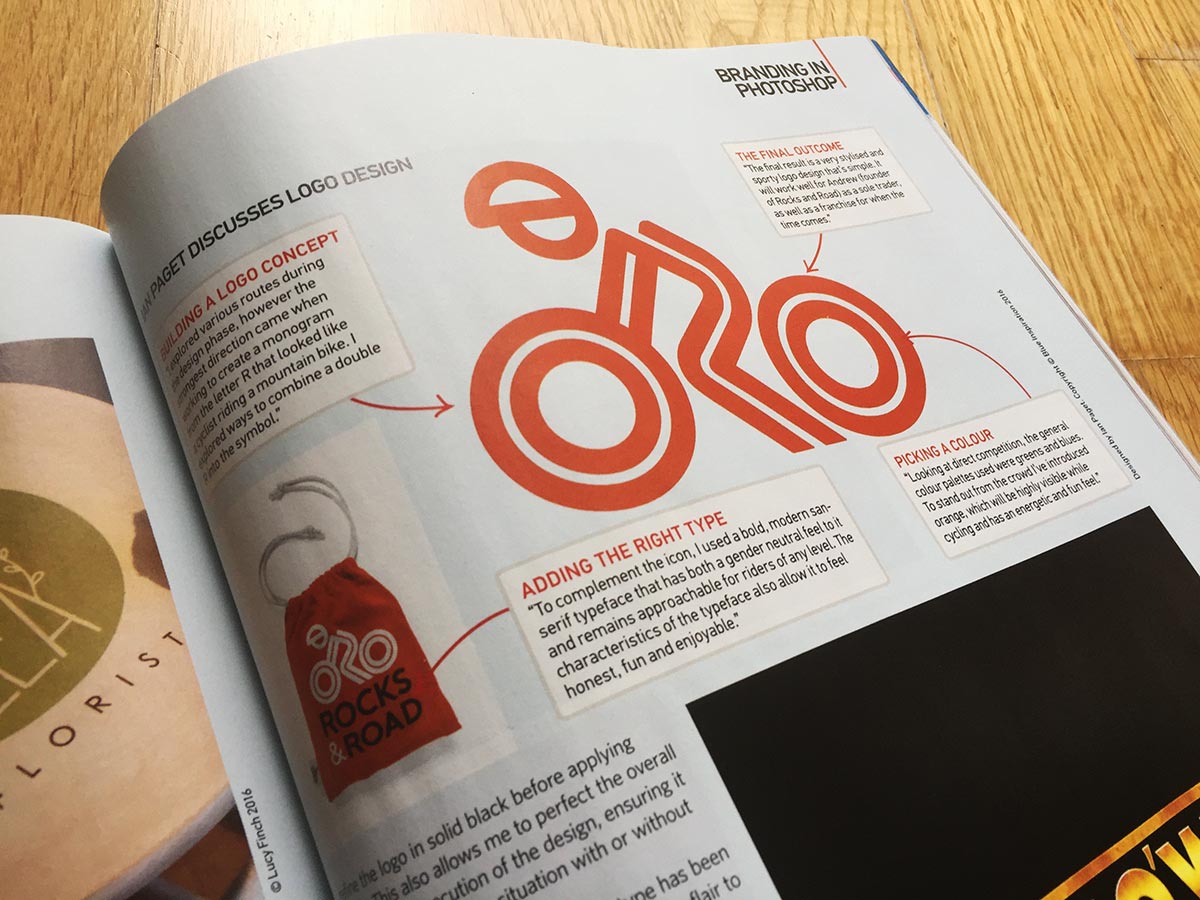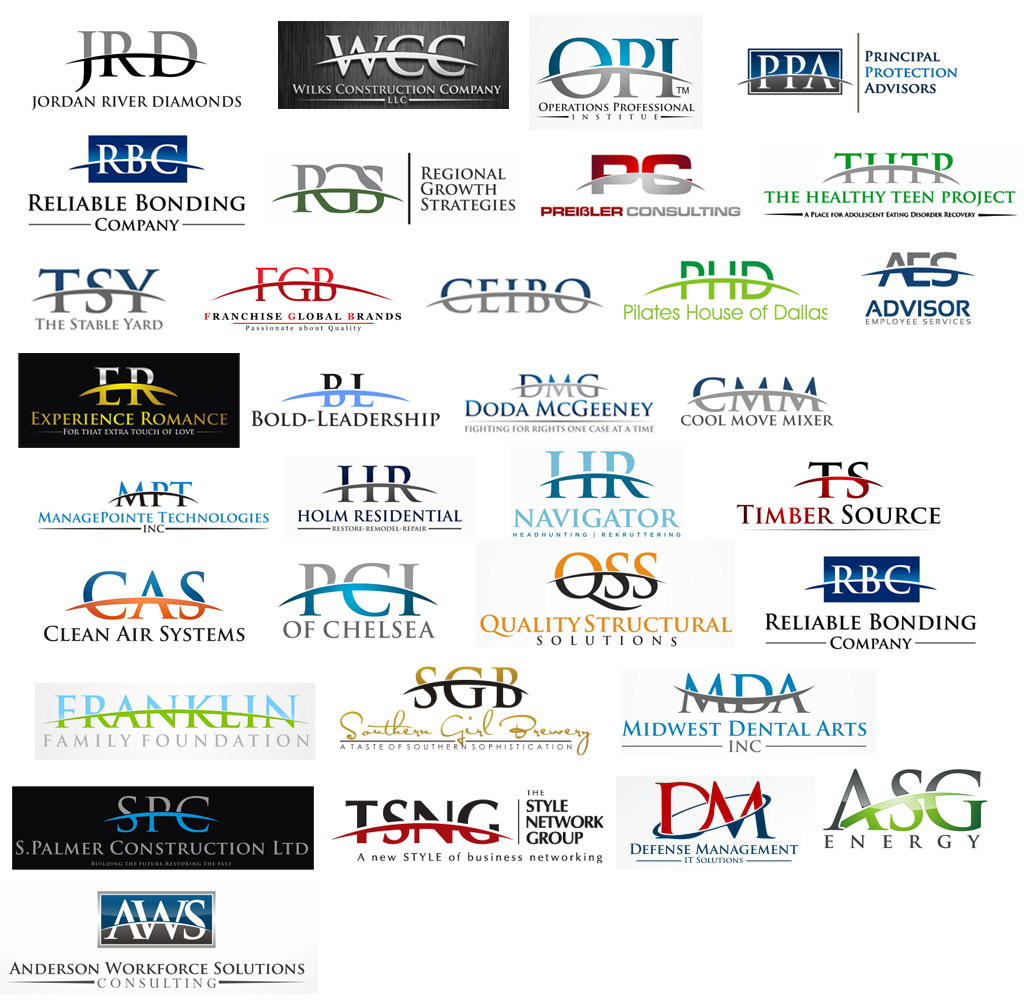Everywhere you look these days, there’s some kind of competition being run that’s geared towards creatives. If it’s not a contest to score the music for a short film, then it’s a company looking for the perfect illustration for their new product. More often than not, the businesses putting on these contests and competitions are looking for graphic designers – and 99% of the time they want you to do the hard work for (you guessed it!) absolutely nothing.
This practice has recently become so widespread that it has inspired frustrated designers across the world to respond with acerbic “listicles”, ranty blogs/videos, and satirical memes. More worrying is that there are sites (see: Design Crowd, crowdSPRING, 99Designs) specifically dedicated to the crowd-sourced design concept. These services allow business owners to enter a creative brief, and sit back as designers send through their ideas, competing with one another for the job from afar.
Usually, these sites are tailored towards businesses seeking design, and not designers seeking business. That typically means two things:
1) that if the client is not happy with any of the designs on offer, they will receive a full refund, and
2) that payment will only be awarded to the designers whose work is chosen. Ouch.
Looking at it from a business point of view, you can absolutely understand why the crowd-sourcing strategy seems appealing. If you’re just starting up, the majority of your funds are going to be channelled into getting your website up and running, dealing with customers and clients, and focusing on a social media campaign. Graphic design at this point seems like a luxury, so it’s understandable that so many businesses would try to get the most (in other words, the largest number of design options) for their money.
In my opinion this is never the right course of action for a business to take. And from a designer perspective, crowd-sourcing is even less appealing. Here are a few reasons why…
Branding. Is. Everything.
Remember those start-up businesses that view graphic design as a luxury? Well…ahem…let’s just say they aren’t going to get very far. Today, every successful business has an online presence, and you simply cannot have an online presence without strong branding.
Branding is a term that can be applied to most aspects of your business, from the telephone manner of your customer services team to the font on your website. It can be partially summed up as your company’s ethos – but it’s not just about how you think as a business; it’s about how your customers and clients perceive you and the way you work. Put simply, branding is the face you show to the public, and it’s very important that that face reflects your company’s ideals and USPs, while differentiating your business from industry rivals.

An example logo design for Rocks And Road, by Ian Paget of Logo Geek, featured in Photoshop Creative Magazine.
The question is, how can you nail your branding, particularly when you’re starting out? The key is in deciding who you are and what you want to stand for, before you even think about logos, fonts and colour schemes.
Are you the low-cost option or do you stand for high-quality? Is your website going to be all about no-nonsense minimalism or conversational whimsy? If you can work out the angle you want to take, everything should flow naturally from there. With your company ethos in mind, you should be able to start pulling together ideas for the kind of imagery, colour scheme, tone of voice and logo that will suit your site and business. Of course, this is the point at which many companies turn to a site like crowdSPRING, or launch a design contest on Twitter.
And just like that, crowd-sourced design enters the picture, and seriously derails all your hard work.
Here’s the problem. There are hundreds of designers (and people who try to be designers) working across the world, many of them signed up to the services described above. When you start using one of these sites as a business owner, or put a call out for budding designers to enter your competition, it’s very likely that you’ll receive some high-quality designs (and sadly lots of bad work too). Unfortunately – and this bears repeating over and over again – a designer is not a mind-reader.
No matter how detailed your brief, a designer sitting on another continent is at a natural disadvantage when it comes to evoking your company’s branding. If they haven’t sat in a room with you, haven’t spent time looking through your existing materials, haven’t discussed what your company stands for and what makes it different to everyone else, then, ultimately, there will be a disconnect between their design and your business.
Crowd-sourced design, in other words, is bad for branding.
Designing with no guarantee of payment?
Recently, I wrote a blog about how to own your brand identity. In it I discussed an epidemic of uninspired copycat logos (see the image below as an example).
With crowd-sourced design, businesses run the risk of being bombarded with this kind of work. I’m not saying this to attack up-and-coming designers – rather, I want to draw attention to the way in which crowd-sourcing competitions and websites treat the creative community.
Imagine it this way. You’re a graphic designer fresh out of an expensive MA that has equipped you with all kinds of niche skills. You apply for jobs everywhere and in the meantime sign up for a crowd-sourcing website. Your logic is this: until you find permanent work this should help you pay the rent. Unfortunately for you – and for all your rival designers – sites like this typically only pay out when you win a creative bid. Which means you can pour hours of work into a design only to have it knocked back, with no money to show for it.
Given such working conditions, it’s understandable that many designers would choose to give less than 100%. Often the easiest way to do this is by (for want of a better phrase) “ripping off” another design, whether it’s pinching someone’s font or reworking an existing logo.
This is the unspoken, and uncomfortable, reality behind crowd-sourcing designs. Even those with the best intentions, who start out giving their all to these designs, will soon become disenchanted with the kinds of competitions and websites that only offer payment for winning designs – and when you consider that most of these opportunities draw thousands of entries from around the world, it starts to look a bit like playing the lottery.
Put simply, it’s a waste of designers’ time and money.
Too much choice + No professional guidance
Crowdfunded logo design brings choice… lots of it.
Being presented with options may sound like a great idea, but how do you know which to choose? You will very likely pick by personal preference, ask friends and family, and eventually vote for the final one together. But how do you know this choice is right for your business ongoing?
As a professional designer, when I work on logo designs I work on hundreds of ideas and options, but only present the 3-5 I feel are most suitable for the business goals. I start every project by creating a series of objectives/goals – this helps me, in collaboration with my client, to choose the most suitable for the business.
Crowdsourced logo design lacks this fundimental part of the process – you’re on your own, with no guidance.
One logo does not a company make
If you’ll forgive the awkward wording, the sentiment above is very important to bear in mind when starting your business. Remember when I was talking about the importance of branding earlier and how it’s about much more than a logo and a colour scheme? Well, don’t forget it!
Let’s say you enter a brief on a crowd-sourcing site and find a fantastic logo. Where do you go from there? You might have the perfect logo that miraculously aligns with your branding – but what about everything else? The web design? The font choices? The layout of newsletters and other publications? Will you simply look to crowd-sourcing every time you need to update your website or design a new feature? If so, you also run the risk of having a website built from a hotch-potch of confllcting designs, none of which quite align with one another. It also sounds like a lot of hassle.
There’s no substitute for a dedicated designer.
What all this comes down to is the fact that hiring an in-house designer, or working with a dedicated freelancer, is always better than going down the route of crowd-sourcing.
With an in-house designer you have a team member who can be on hand from the word go. They can participate in early branding decisions, contribute their unique skills and insight, and use their intimate knowledge of your company to create designs that really sell your ethos. They’ll also be on hand for last-minute tweaks, for website updates, and simply for throwing their opinion into the mix.
One obvious downside for many business owners is that an in-house designer requires a full salary, so another option is to take on the services of a freelance designer. The benefits here are similar; however, they can also contribute an outsider perspective – something useful if you get stuck in a creative rut. A freelance designer can also work out cheaper in the long run.
All downsides considered, hiring a dedicated designer is always going to trump crowd-sourcing. It’s better for your company, it’s better for the designer, and it contributes to an environment of fair work and fair pay – something we should all aspire to.
Looking for a freelance designer? Contact me. Want to discuss any of the above? Follow me on twitter @Logo_Geek – let’s chat.




